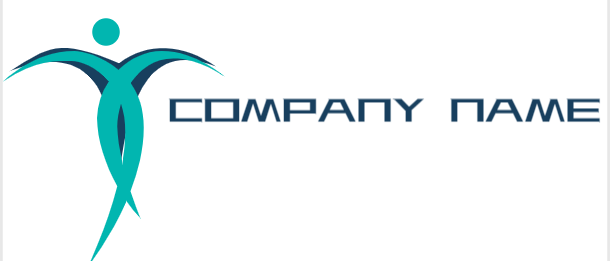The Importance of Core Strength Training
Core strength training is an essential component of any fitness routine. Your core muscles, which include your abdominals, obliques, lower back, and pelvic floor, play a crucial role in stabilizing your body and transferring force between your upper and lower body. Having a strong core not only improves your overall physical performance but also helps prevent injuries and promotes better posture.
Benefits of Core Strength Training
1. Improved Stability: A strong core provides a solid foundation for all movements, whether you’re running, lifting weights, or performing everyday tasks. By strengthening your core muscles, you enhance your body’s stability and balance, reducing the risk of falls and injuries.
2. Enhanced Athletic Performance: Many sports and physical activities require a strong core for optimal performance. Whether you’re a golfer, tennis player, or swimmer, a strong core helps you generate power, transfer energy efficiently, and maintain proper form.
3. Injury Prevention: Weak core muscles can lead to poor posture and imbalances in the body, increasing the risk of injuries. Core strength training helps correct these imbalances, reducing strain on your back and other vulnerable areas.
4. Better Posture: Sitting for long periods and poor posture can weaken your core muscles. By incorporating core exercises into your routine, you can strengthen your abdominal and back muscles, improving your posture and reducing the risk of developing back pain.
5. Functional Fitness: Core strength is not just about having a six-pack; it’s about having the strength and stability to perform everyday activities with ease. Whether you’re picking up groceries, playing with your kids, or doing household chores, a strong core makes these tasks easier and less taxing on your body.
Top Core Exercises
1. Plank: The plank is a classic core exercise that targets your abs, back, and shoulders. Start by getting into a push-up position, supporting your body weight on your forearms and toes. Keep your body straight and hold the position for as long as you can, aiming for at least 30 seconds to start.
2. Russian Twists: Sit on the floor with your knees bent and feet flat on the ground. Lean back slightly, keeping your back straight, and lift your feet off the ground. Hold your hands together in front of your chest and twist your torso from side to side, touching your hands to the ground on each side.
3. Bicycle Crunches: Lie on your back with your knees bent and hands behind your head. Lift your shoulder blades off the ground and bring your right elbow towards your left knee while extending your right leg. Repeat on the other side, alternating in a pedaling motion.
4. Dead Bug: Lie on your back with your arms extended towards the ceiling and your knees bent at a 90-degree angle. Slowly lower your right arm and left leg towards the ground while keeping your core engaged. Return to the starting position and repeat on the other side.
5. Bridge: Lie on your back with your knees bent and feet flat on the ground. Lift your hips off the ground, creating a straight line from your knees to your shoulders. Squeeze your glutes and hold the position for a few seconds before lowering back down.
Remember to start with proper form and gradually increase the difficulty and duration of the exercises as your core strength improves. It’s also important to listen to your body and consult with a fitness professional if you have any underlying conditions or concerns.
Incorporating core strength training into your fitness routine is a worthwhile investment in your overall health and well-being. By strengthening your core, you’ll not only improve your physical performance but also reduce the risk of injuries and enjoy better posture. So, don’t neglect your core muscles; give them the attention they deserve and reap the benefits!

